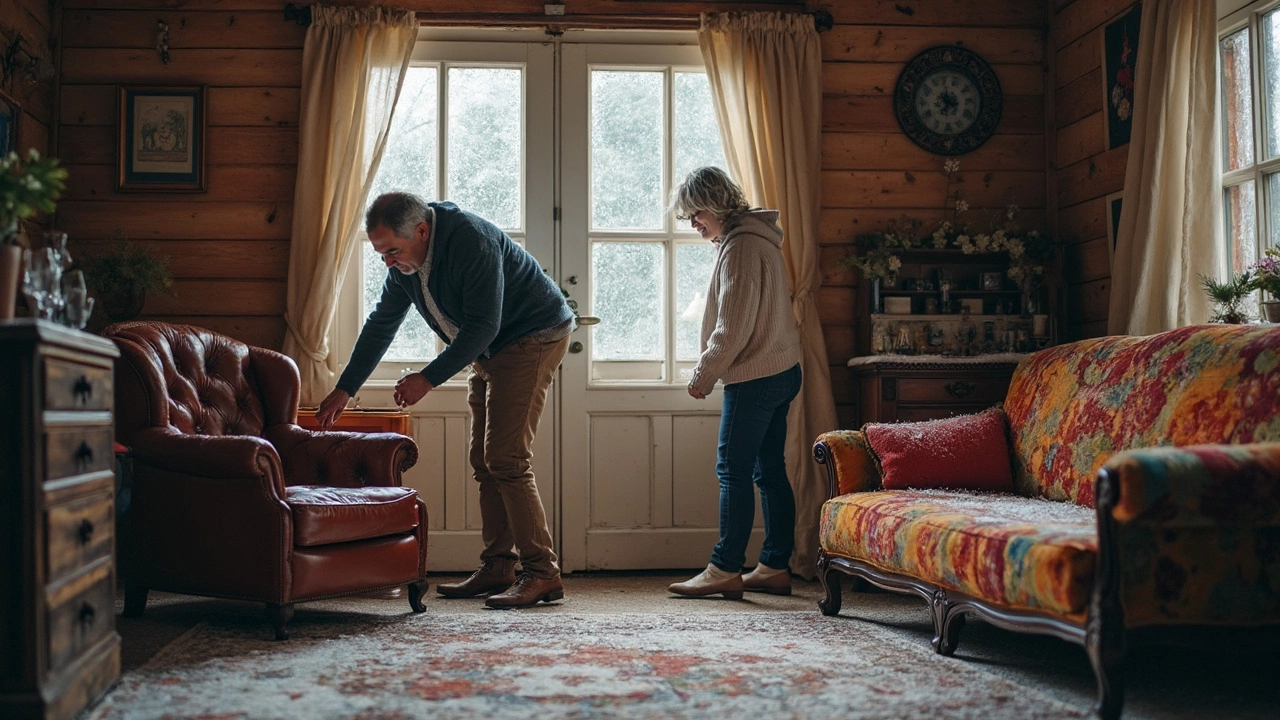Cold Weather Furniture Guide: Keep Your Home Cozy and Your Pieces Last
Winter can be tough on sofas, chairs, and patio sets. Frost, snow, and dampness all try to wear down wood, metal, and fabric. The good news? Picking the right pieces and caring for them properly means you won’t have to replace your furniture every season.
Choosing the Right Materials
First, look for furniture built to handle low temperatures. Solid hardwood frames, especially oak or teak, resist warping when they get wet. If you’re buying a metal table or lounge, go for powder‑coated aluminum or stainless steel—both stay rust‑free even after heavy snow.
Upholstery matters too. Outdoor‑grade fabrics like solution‑dyed acrylic resist fading and moisture. Inside, consider leather treated with a water‑repellent finish. It dries fast and won’t crack when the room heats up and cools down.
For patio pieces, choose cushions with a removable, waterproof cover. That way you can pull the cover off, shake it dry, and store the cushion when the snow hits. Look for synthetic foam that stays flexible in the cold; memory foam gets hard and uncomfortable when temperatures drop.
Maintenance Tips for Winter
Once you’ve got the right furniture, a few simple habits keep it in shape. Wipe down wood and metal with a dry cloth after each snowfall. Moisture left on the surface can seep into joints and cause rust or rot.
If you store outdoor items in a shed, line the floor with a tarp. The tarp catches condensation and stops water from sitting on the furniture legs. When you bring pieces inside, let them acclimate for a few hours before using them—this prevents sudden temperature shocks that can damage finishes.
Regularly check screws and bolts on benches and tables. Cold weather can cause metal to contract, loosening fasteners over time. Tighten any loose parts with a screwdriver or wrench; a quick check every couple of weeks saves you from a broken leg later.
For fabric cushions, spray a light mist of fabric protector before the first snowfall. The spray creates a barrier that repels water and dirt, making cleaning easier. If you notice any stains, spot‑clean with a gentle soap and warm water right away—cold weather can make stains set faster.
Lastly, think about placement. Keep patio furniture under a covered deck or awning when possible. Even a simple roof overhang shields pieces from direct snow and rain, extending their life by years.
With these material choices and maintenance habits, you’ll enjoy a cozy living room and a sturdy patio all winter long. No need to sacrifice style for durability—just pick smart pieces and look after them, and your furniture will stay comfortable and good‑looking season after season.
How Cold Is Too Cold for Furniture? Storage Guidelines You Can't Ignore
Wondering if chilly storage spaces can ruin your furniture? This article breaks down the exact temperatures that could spell trouble for your wood, leather, and fabric pieces. You'll get practical tips on keeping furniture safe in the cold and learn which materials are the most vulnerable. Discover simple ways to winter-proof your storage and avoid costly surprises when it's time to bring everything back indoors. No jargon here—just clear, useful advice for getting furniture through any freeze.
More
